The latest data from the UK car industry has revealed that Lexus now has a bigger market share than Jaguar, Cupra is on course to overtake its older sibling Seat and Stellantis premium brands Alfa Romeo and DS face a crisis as their volumes shrunk in a buoyant market.
These are just some of the highlights from the data revealed in the Society of Motor Manufacturers and Traders (SMMT)'s latest car sales report, which outlines the market share of every mainstream car manufacturer up to November 2023.
Here we reveal the biggest takeaways and detail the performance of every brand selling cars in the UK.
Lexus overtakes Jaguar
Jaguar again recorded a 0.75% market share, and its volume was up by nearly 2000 cars, to 13,167, in spite of its ageing line-up.
Lexus has faced similar challenges to Jaguar in recent years, with a laudable yet uncompetitive range of premium saloons and SUVs.
However, this year its market share rose from 0.61% to 0.81%, with 14,081 sales. It’s likely to have been helped by the arrival of the new NX and RX, each competing in the big-selling medium and large SUV segments.

Expect the Japanese brand to repeat similar growth in 2024, following the arrival of the LBX, a luxurious take on the critical B-segment SUV. It believes it can sell 5000-10,000 LBXs in the UK annually.
Should Lexus fully realise that ambition, its market share could quite easily sit north of 1%. That would establish it as the firm leader of the pack, behind Germany’s big three.
For Jaguar, the only way is down the charts. It’s going to axe all of its existing models by 2025, transitioning into a maker of low-volume, high-profit electric cars. The first of the bunch, a four-door grand tourer, will be unveiled next year.

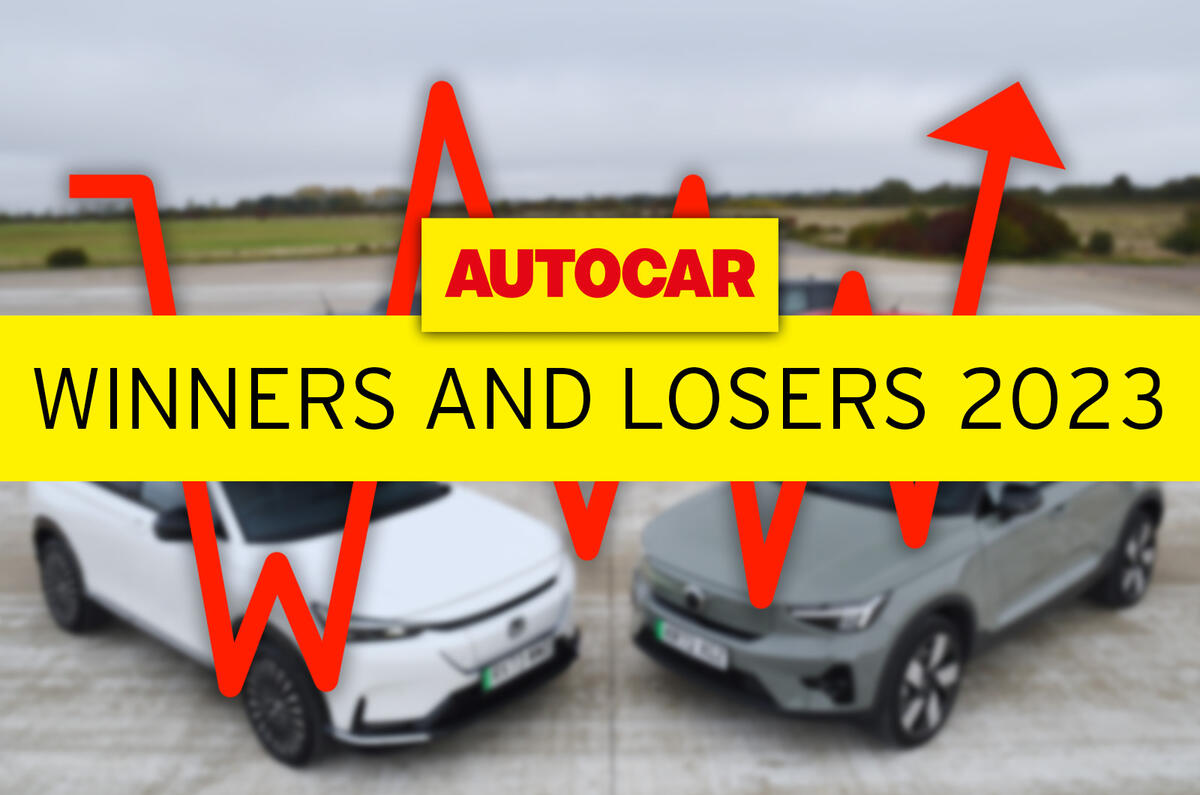

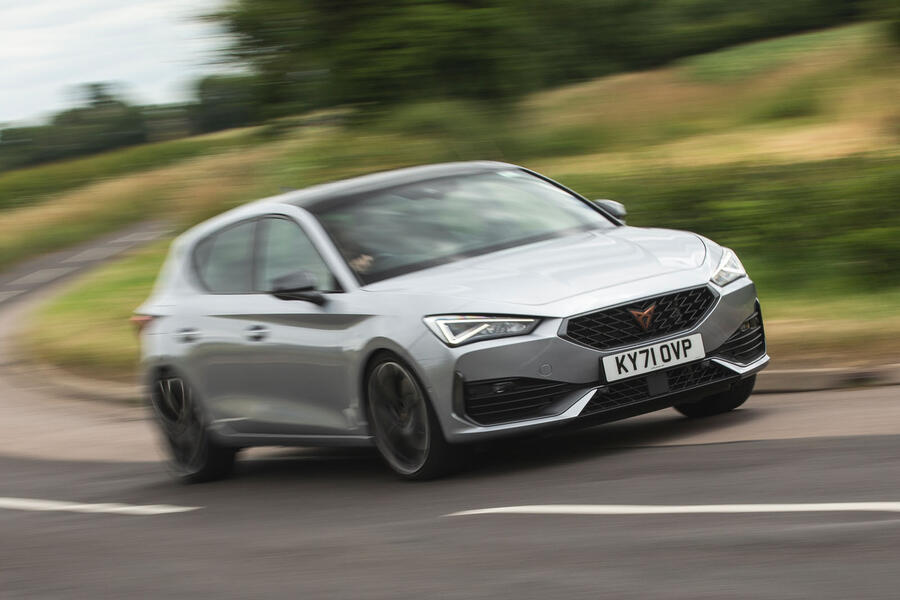

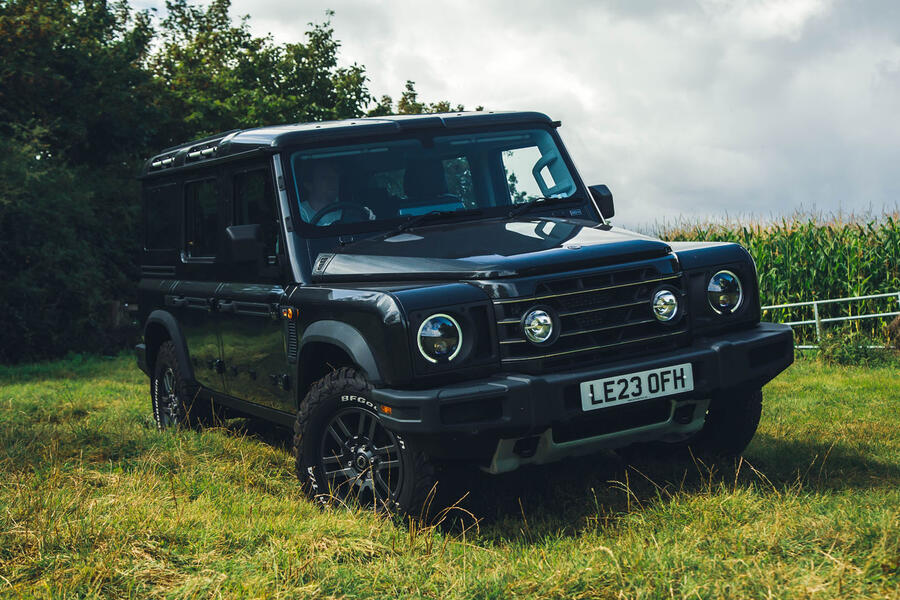
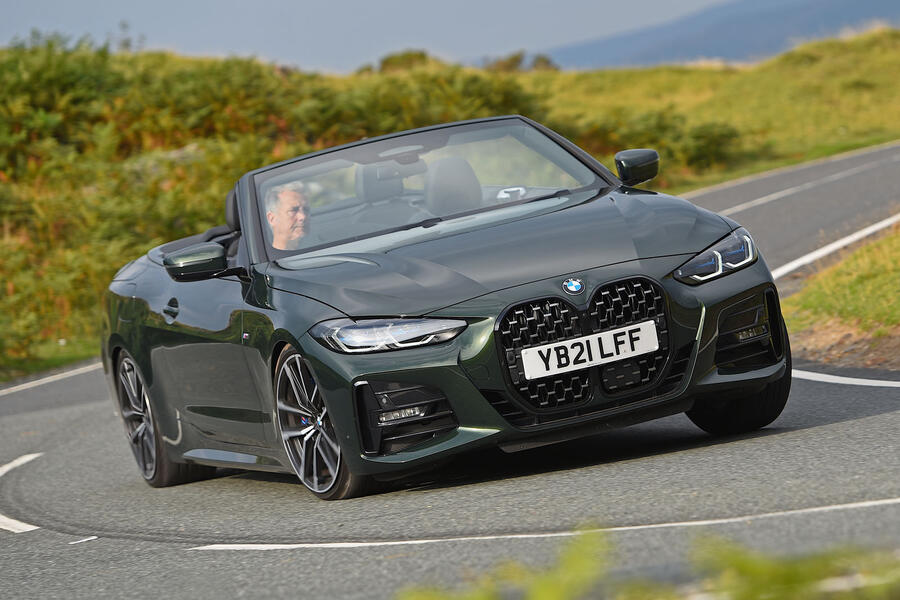
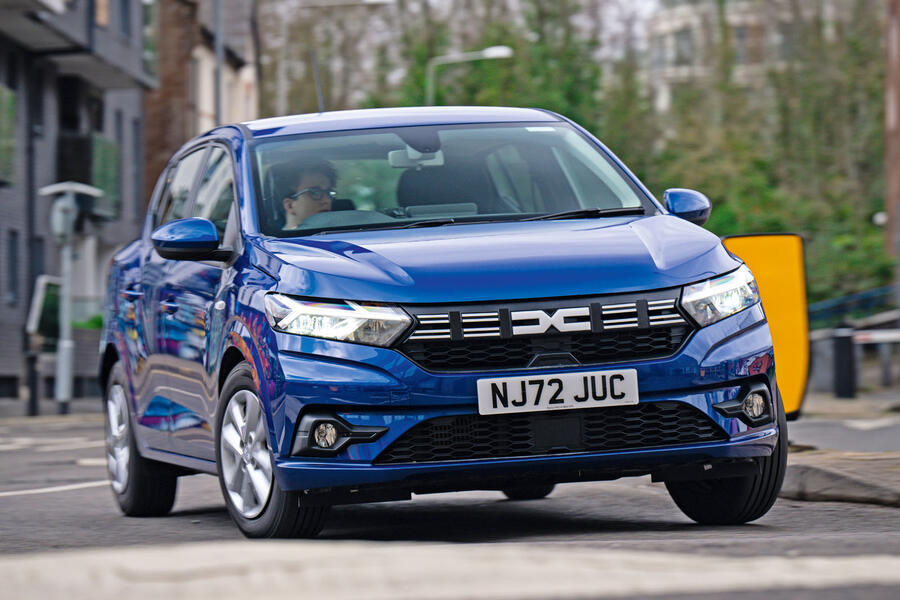
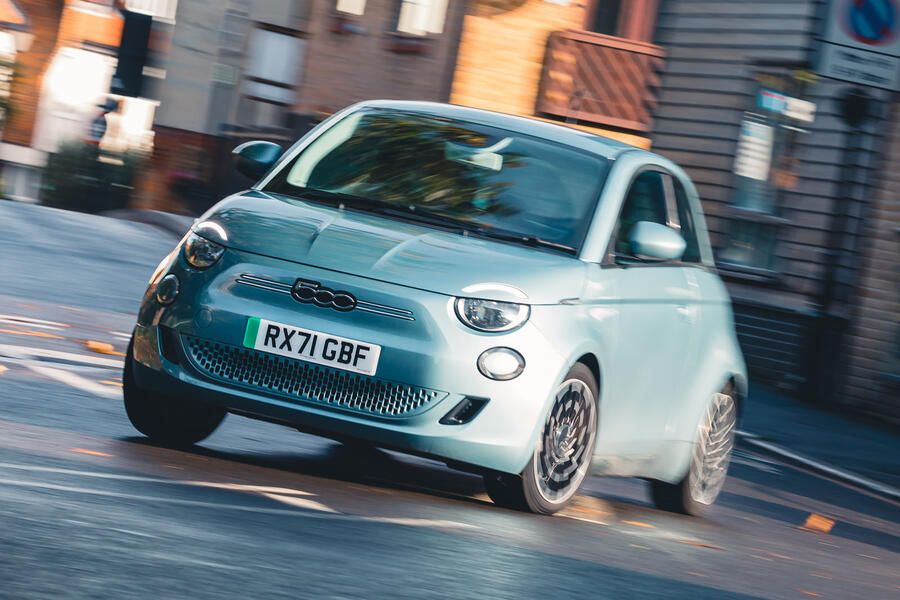
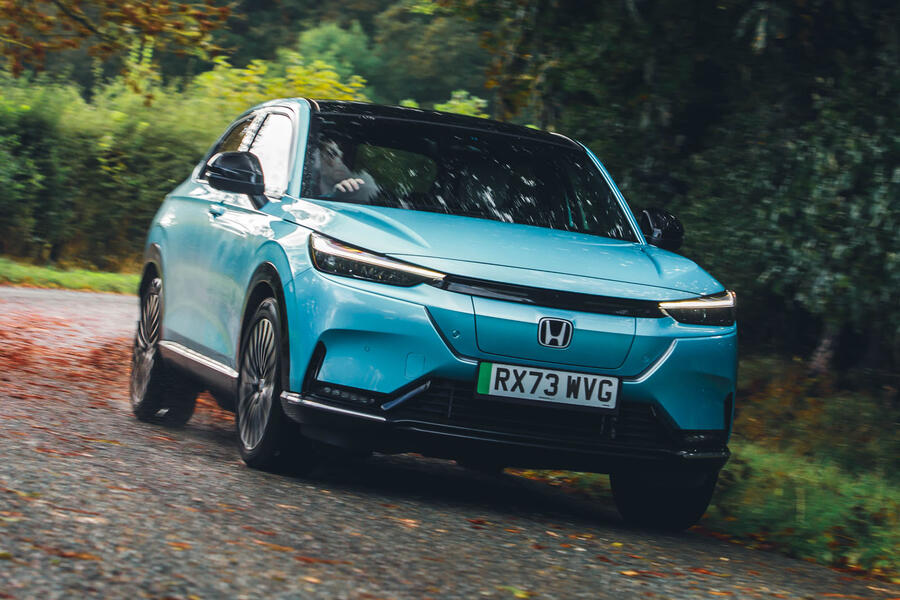
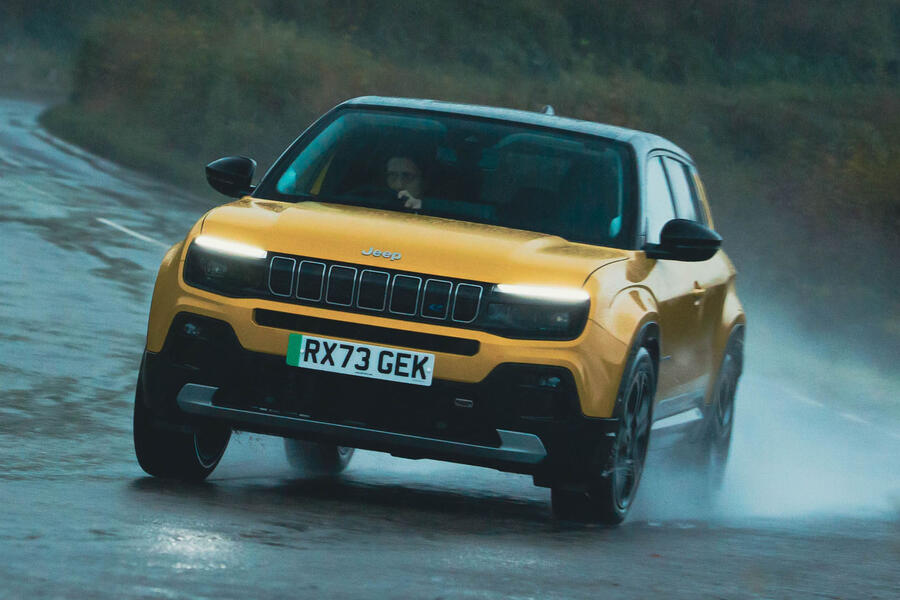
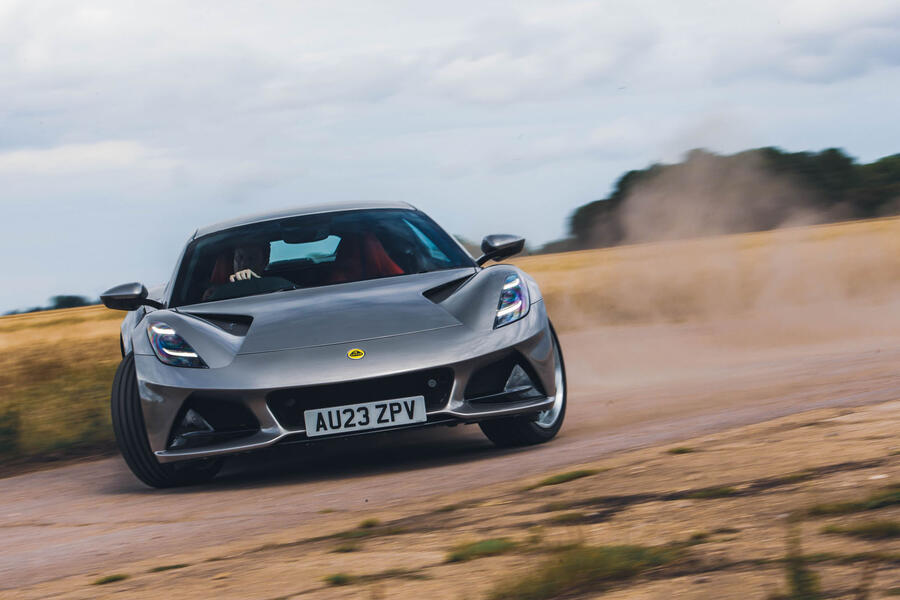
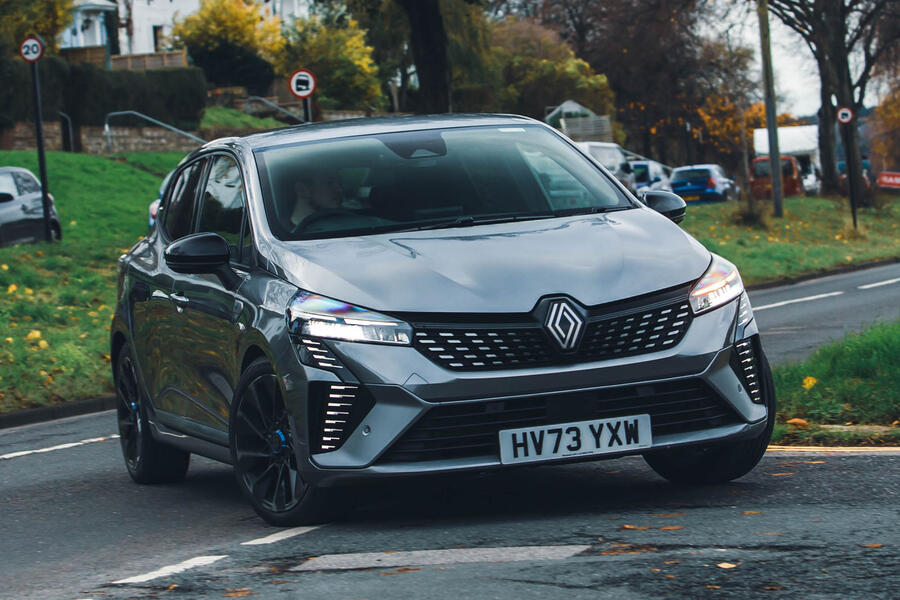




Join the debate
Add your comment
We've quietly fallen to the Germans.
The market is shaping up nicely for the everyday user, so its affordable suvs, premium models or bust, suvs are a godsend for some.